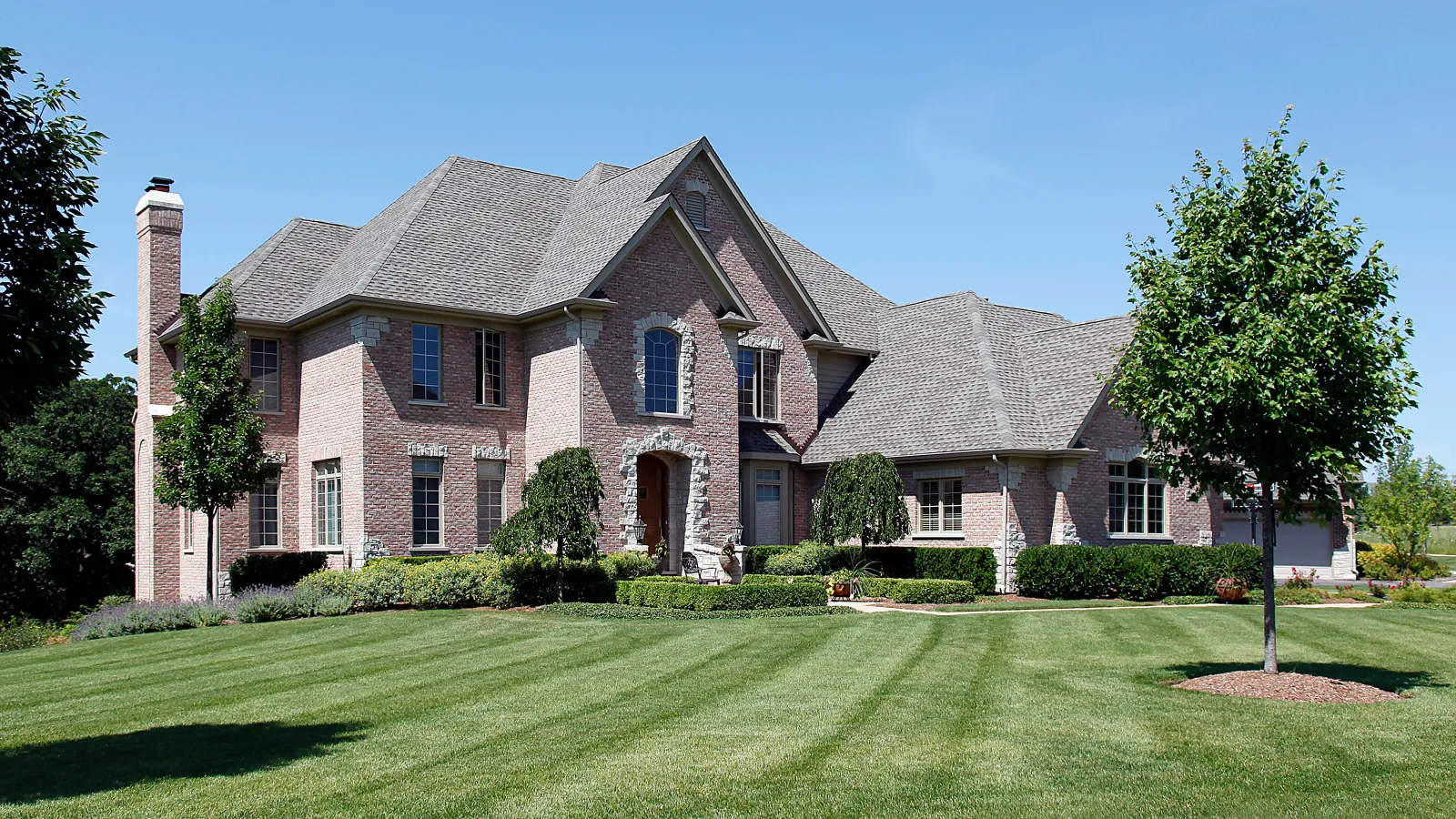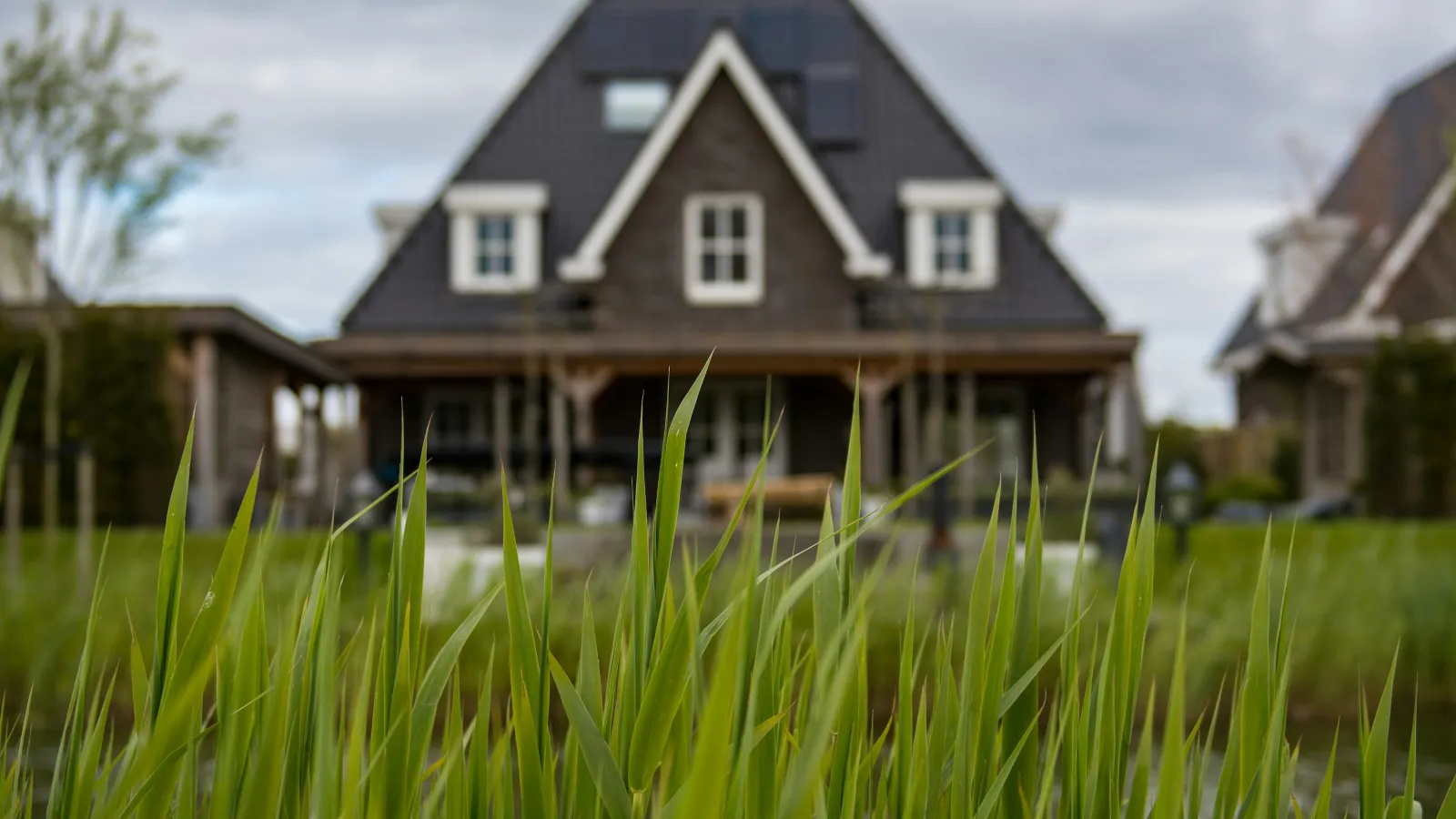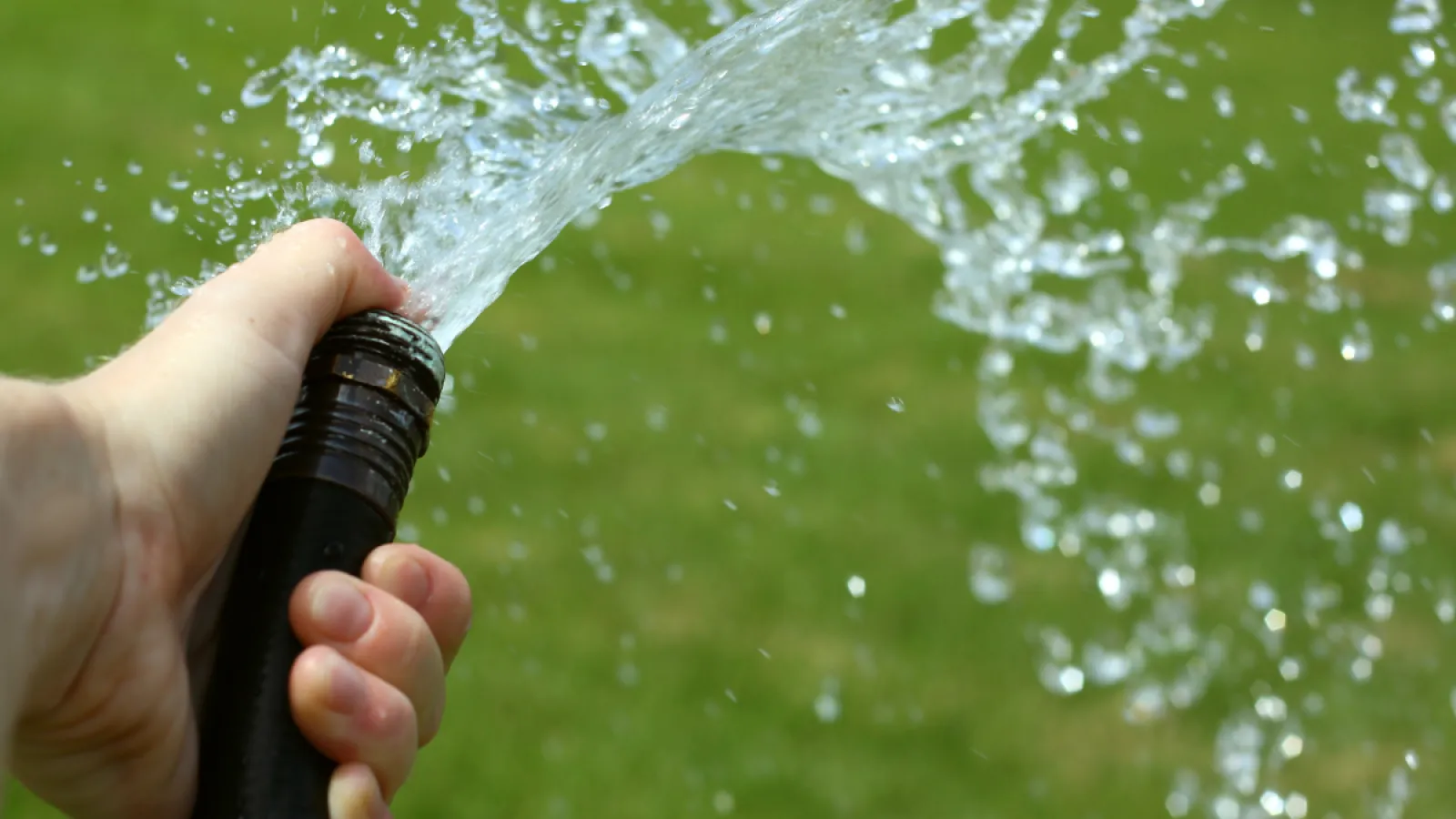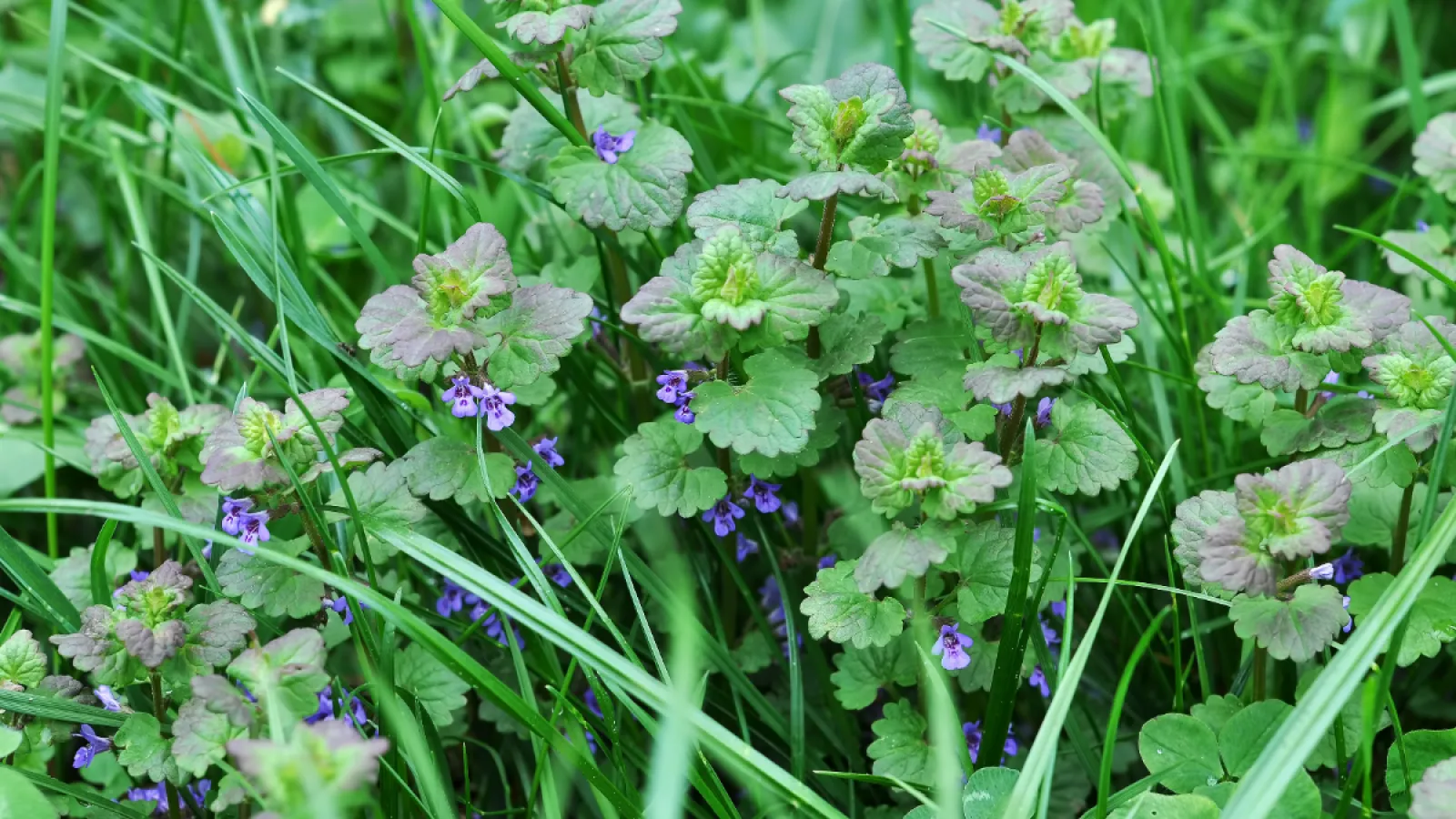
Our Complete Lawn Care Guide: Full 2024 Calendar
The Best Lawn Care Calendar in the Southeast
Keeping your lawn lush and green throughout the year is a source of pride for any homeowner. In the Southeast, summer weather is warm and sunny, but winters can still get cold! Having a well-planned lawn care schedule is essential to maintaining a great lawn year-round. We've put together a comprehensive guide to help you maintain a beautiful, healthy lawn this year. The first step is determining the best grass type for your lawn, and how to care for it year-round.
Warm-Season Grass Lawn Care Schedule
Warm-season lawns in the transition zone go through their peak growing season through summer. Two of the most common warm-season grass types in the Southeast are Bermuda and Zoysia. Starting in early spring until going dormant in late fall, warm-season grasses thrive during the warmer months.
Spring Lawn Care
As winter ends, it's time to wake up your lawn for spring. Start by cleaning up any debris left from the colder months. Rake away dead grass and leaves to allow sunlight to reach the soil. This is also the perfect time to fertilize your lawn and apply a pre-emergent weed killer to prevent pesky grassy and broadleaf weeds. Weed prevention in spring will limit summer weeds like crabgrass from taking over your lawn next season. Spring is also an important time for core aeration on warm-season lawns. It helps break down thatch buildup and alleviate soil compaction, allowing your lawn to breathe and develop strong, healthy root systems.
Summer Lawn Care
During summer, your lawn needs some extra love. Regular mowing, around once a week, will keep your grass at an optimal height and improve turf density. Deep watering is crucial during this season, promoting healthy root growth. It's recommended to water earlier in the morning to avoid losing water from evaporation during the peak heat of the day. Warm-season lawns need about one inch of water per week during summer. To maintain a lush, healthy lawn, make sure to include lawn fertilization and weed control through the summer months. Bermuda lawns may struggle from dollar spot fungus in early summer. This is a common sign of a nitrogen deficiency and in most cases, can be resolved with the right fertilizer, mowing, and watering practices.
Recommended Mowing Heights for Warm-Season Grasses:
- Bermuda Grass: Mow at a height between .75 to 1.5 inches and make sure to follow the One-Third rule to avoid causing stress to the grass blade.
Zoysia Grass: A zoysia lawn can be maintained at .75 to 1.5 inches, while some varieties can be taller. Healthy mowing practices with sharp blades can limit fungus problems in a zoysia lawn.
Fall Lawn Care
As temperatures start to cool down, shift your focus to preparing your lawn for the upcoming winter. Continue mowing but gradually lower the height. This helps sunlight reach the grass's crown, preventing disease. It's also a great time for weed control to prevent winter weeds like Poa annua, so apply a pre-emergent herbicide in the early fall. Pest control should also be on your radar. Fall armyworms and grubs may make themselves at home on your lawn and should be treated with insecticide as soon as possible.
Winter Lawn Care
While your lawn might not demand as much attention in winter, there are still essential tasks to keep it healthy. Keep the leaves at bay by raking regularly, as they can smother the grass and prevent water, sunlight, and oxygen from reaching the soil. If you live in an area of the Southeast that gets snow, avoid walking on the frozen grass to prevent damage. Occasionally water your lawn, especially if it's a dry winter, and ensure your lawn maintenance equipment is stored properly. The winter season is a great time for lawn mower tune-ups and soil testing on your lawn. Soil samples can be sent to your local extension office to assess the soil pH level and find any nutrient deficiencies in your lawn.
Cool-Season Grass Lawn Care Schedule
The most popular cool-season grass type in the transition zone is Fescue. It prefers cooler temperatures and a shady lawn, but with the right lawn care throughout the year, fescue lawns can survive the hot seasons in southern states like Georgia, South Carolina, and Tennessee.
Spring Lawn Care
Spring is a time for continued rejuvenation of your fescue lawn to prepare for the warm summer. Keep leaves and debris clear from the lawn as normal. For fescue, mowing weekly is recommended throughout the year except after seeding a new lawn. Weed control and fertilization are crucial during spring to keep the lawn healthy and keep unwanted weeds at bay. Make sure the lawn receives one inch of water weekly and avoid watering at night to limit fungus activity.
Summer Lawn Care
Cool-season grasses may slow down during the warmer months, but it's an important time to make lawn maintenance a top priority. Hot summers cause stress on fescue lawns and it's an important time to monitor fungus development, like Brown patch fungus. Spring and early summer are the best times of year to apply preventative fungicides on tall fescue. Mow regularly but avoid cutting it too short. The recommended mowing height for fescue lawns at 3.5 to 4 inches. Continue watering 1 inch per week, deeply and infrequently to promote deep root growth. Keep an eye on pests and diseases, treating them promptly to prevent widespread damage. Apply a slow-release fertilizer in late summer to prepare for the upcoming fall.
Fall Lawn Care
As temperatures drop, it's time to prepare your cool-season lawn for the cold. Continue mowing and watering as needed. The most important task in early fall is fescue aeration and overseeding to fill in any bare patches and repair weak areas that struggled through summer. Following seeding, apply fertilizer to fortify your grass for the winter ahead. Strict watering is the key to seeing great results on your new lawn. Avoid letting seedlings dry out, keeping the soil moist but not waterlogged. Avoid any weed control and mowing until the fescue seed is fully matured. Do not apply fall pre-emergent herbicides if planning for overseeding.
Winter Lawn Care
During the colder months, continue mowing your cool-season lawn weekly until temps reach 32 degrees regularly or growing stops. Winter weed control can be applied to limit invasive weeds choking out the new grass. Consider soil testing and limestone applications to balance the soil pH and promote a healthier lawn next year.
Local Lawn Care You Can Trust
Maintaining a healthy lawn takes a lot of work. Homeowners looking for help with their lawn can call The Nice Guys at Turf Masters Lawn Care. Since 2002, we've provided professional lawn care services throughout the Southeast. With locations in Georgia, South Carolina, and Tennessee, we know how to care for warm and cool-season lawns in the transition zone. Our lawn care services include aeration, overseeding, weed control and fertilization, mosquito control, and more. Contact us today for a free quote.


